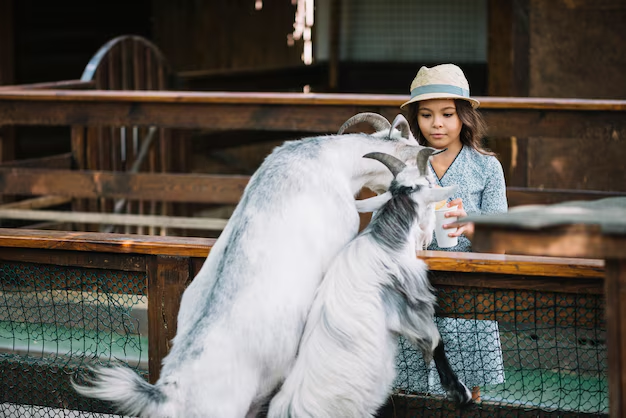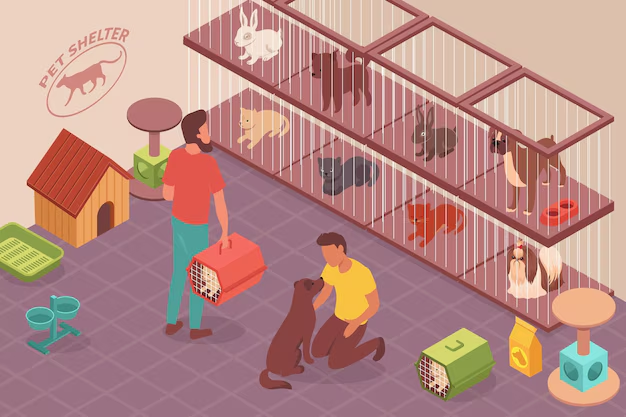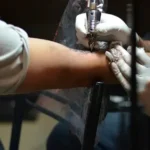Polyurea Coatings Overview
It is important to emphasize creating a safe and clean as well as a durable environment for Polyurea in Animal Shelters. Cuddly pets require love and foster care, but the kind of materials used in their living spaces is equally important. This is where polyurea coatings come in, as shielding them greatly enhances shelter conditions. These coatings are formulated to buy and change the whole facility operations for improved sofa endurance and tear resistance.
The world where kennel floors do not stain, walls are not scratched by dog’s playing paws, and spilled surfaces do not absorb odors or moisture Polyurea makes this vision reality! With having transforms tailored for the unique challenges faced by animal shelters, it’s no wonder that this environment friendly technology is embraced by the other facilities over the world.
Let us examine Polyurea in Animal Shelters, its usage to update animal shelters across the nation in respect to hygiene standards for animals and as well as for the staff working in the shelter.
Click On Read: – PF838 Petrified Fish
Why Plyurea Better Than Others in Animal Shelter
Polyurea in Animal Shelters have their own challenges. These problems stem from high foot traffic, exposure to a variety of cleaning chemicals, as well as the wear and tear from active animals. This is where polyurea coatings are essential.
A durable coating improves protection and hygiene in animal shelters by blocking water, odors, and grime, which helps ensure the cleanliness and welfare of both the animals and the pet care staff.
Fostering good relationships between animals and visitors is ensured through maintaining a clean working environment. A clean and well-maintained shelter encourages adoptions and makes the facility warm and inviting.
Less frequent maintenance and repairs means greater investment into long-term durable coatings. With less focus on repairs, we can ensure that the shelter’s day to day operations carry on seamlessly. This ensures a boost in the effectiveness of care provision in the presence of fully functioning facilities.
Durability and an eye for aesthetics go hand in hand. These are how we promote wellbeing in these important places.
Advantages Polyurea Brings to Animal Shelters:
Polyurea in Animal Shelters coatings come with numerous benefits for use in an animal shelter. Being extremely durable, they can endure the damage that comes from playful pets and can withstand grubby feet. The facilities will require less frequent repairs and last longer.
Furthermore, these coatings act as a barrier against water that can damage structures. This is extremely useful for the prevention of mold, which is detrimental to the health of the pets and the staff.
Finally, Polyurea in Animal Shelters does not react with cleaning agents, which guarantees a high level of cleanliness in the shelter.
Another key advantage is the ease of implementation. Polyurea is a fast-curing material, enabling shelters to reduce the suspension of services during new developments and renovations.
This polishing finish prevents joints from forming where bacteria could proliferate, and makes it easier to maintain and sanitize the surfaces consistently.
Case Studies: Polyurea Adoption at Animal Shelters
One case study that particularly stands out is from a California shelter that had considerable issues with water damages. Applying the Polyurea in Animal Shelters coatings on the floors and walls led to a great decrease of maintenance costs at the facility. Polyurea’s waterproofing features mitigated further destruction due to spills and leaks.
In another case, an animal rescue shelter in Texas upgraded their kennels with polyurea linings. The result? Almost complete absence of odor and remarkably improved hygiene and comfort for the animals. Staff reported a remarkable reduction in time spent cleaning, shifting their focus to noticeable improvement in care.
A third one is a shelter in Florida, where the weather can be exceedingly hot. Using polyurea increases the reflective qualities of the indoor environment, helping to keep it cooler for the animals and staff. These shelters have undergone a coat that enables them to be more resistant to the challenges that they have to face.
Cost-Effectiveness of Polyurea During an Extended Period of Usage
In analyzing the cost-effectiveness of polyurea in animal shelters, it cannot simply be limited to the initial capital expenditure. While the initial costs may look expensive as compared to other traditional coatings, the savings in the overall expenditure is downright indisputable.
The maintenance and repair costs are significantly lowered due to the polyurea’s strength. Polyurea does not chip or corrode like other materials, therefore not succumbing to the wear and tear caused by animals and other environmental elements. This degree of resilience means that there are fewer touchups needed and repairs to be made in the future.
Moreover, the sheer speed of its application ensures that shelter operations are affected to a small extent. This leads to a decrease in other associated costs – spending less time means labor expenses are lower.
Another monetary benefit comes from enhanced construction energy efficiency as polyurea insulation does a better job of regulating fresh air, heating and cooling control than standard grade materials.
One does not Polyurea in Animal Shelters solely on visual impact; rather, an economically sound strategy detrimental to the existence of a future looking animal shelter.

How to Choose the Appropriate Polyurea Coating for Your Animal Shelter
There are some factors that can’t be ignored. Selecting the appropriate can make or break your animal shelter. Firstly; think about the specific requirements for your facility. Different sections could need different levels of durability and resistance.
Assess the conditions. Highly frequented areas require a thicker coating due to the abrasions caused by both people and animals, so make sure these areas are well covered. Surfaces that are likely to get wet should be coated with materials that have a better ability of moisture containment.
Then consider safety. During usage, any painting materials utilized in the process need to also ensure protection from potential harm from people or pets.
Some products based on polyurea have fast curing times, ‘comfort-cure-p’ for example, making it feasible for shelters to shrink the operative windows. In cures of longer duration but with equivalent benefits, other additives are expected.
Seek out the right expertise like those that focus on polyurea coatings for animal regions. With the right insight, you can get the best option in your situation for quality and endurance.
Concluding thoughts would be that the Polyurea in Animal Shelters coatings technology can provide a best-case scenario for the modern-day construction and care of animal shelters. High durability, ease of maintenance and absence of toxins extend the life of the building and health of the pets being sheltered.
It is important to emphasize that polyurea coatings offer an attractive repeatable finish for animal shelters. The constant movement of people and animals in and out of facilities means that materials that are easy to clean and non-porous make animals’ living condition healthier.
Furthermore, its fast-curing times permit shelters to undergo renovations, and in some cases, even new builds without significant delays to normal operations. It allows more effort to be put towards animal care instead of the care for the facility itself.
Due to the innovative changes and modernization of existing technology, polyurea is likely to become the go-to material for shelter designs. Apart from serving its primary purpose, polyurea also serves an aesthetic purpose that goes a long way in pleasing animals and those responsible for taking care of them.
FAQ
People will naturally have questions regarding polyurea in animal shelters, and these are some of the most common ones.
What is a Polyurea in Animal Shelters?
Polyurea in Animal Shelters is a form of thick protective covering made of polymers. They are widely regarded because of their fast-curing times and their chemical, moisture and abrasion resistant properties.
How does polyurea help animal shelters?
Its strength minimizes the damage done to surfaces from animal activities and spills. It is also easy to clean, which is crucial in a shelter setting given the hygiene requirements.
Is polyurea harmful for animals?
Definitely. Once the polyurea coating cures, it is completely non-toxic which means that animals and staff alike will be in a safe environment.
Can an existing surface be Polyurea in Animal Shelters coated?
Yes, of course! With the surface prepared properly, polyurea can be coated on most existing materials. This reduces disturbance during renovations.
How long does polyurea last?
When installed and maintained correctly, a good quality polyurea coating can last 10 years or more without major repairs or replacements.
What should I look for when I want to acquire the services of a Polyurea in Animal Shelters provider?
Look for experienced contractors that are familiar with the industrial-grade applications required for Polyurea in Animal Shelters and similar projects. Remember to check reviews and inquire about similar works they have done in the past.
This modern solution has been changing the standards of care within these important establishments for the better. As more and more people become aware of the benefits provided, even more shelters will without a doubt want to shift to this marvelous material.








Alyson Heather Belcourt Alycat: A Fascinating Feline Narrative - tipsbusinessreview.com
January 20, 2025[…] Polyurea in Animal Shelters: A Breakthrough […]
Unbounding the creativity of Katerina Goltzwart
January 20, 2025[…] Polyurea in Animal Shelters: A Breakthrough […]